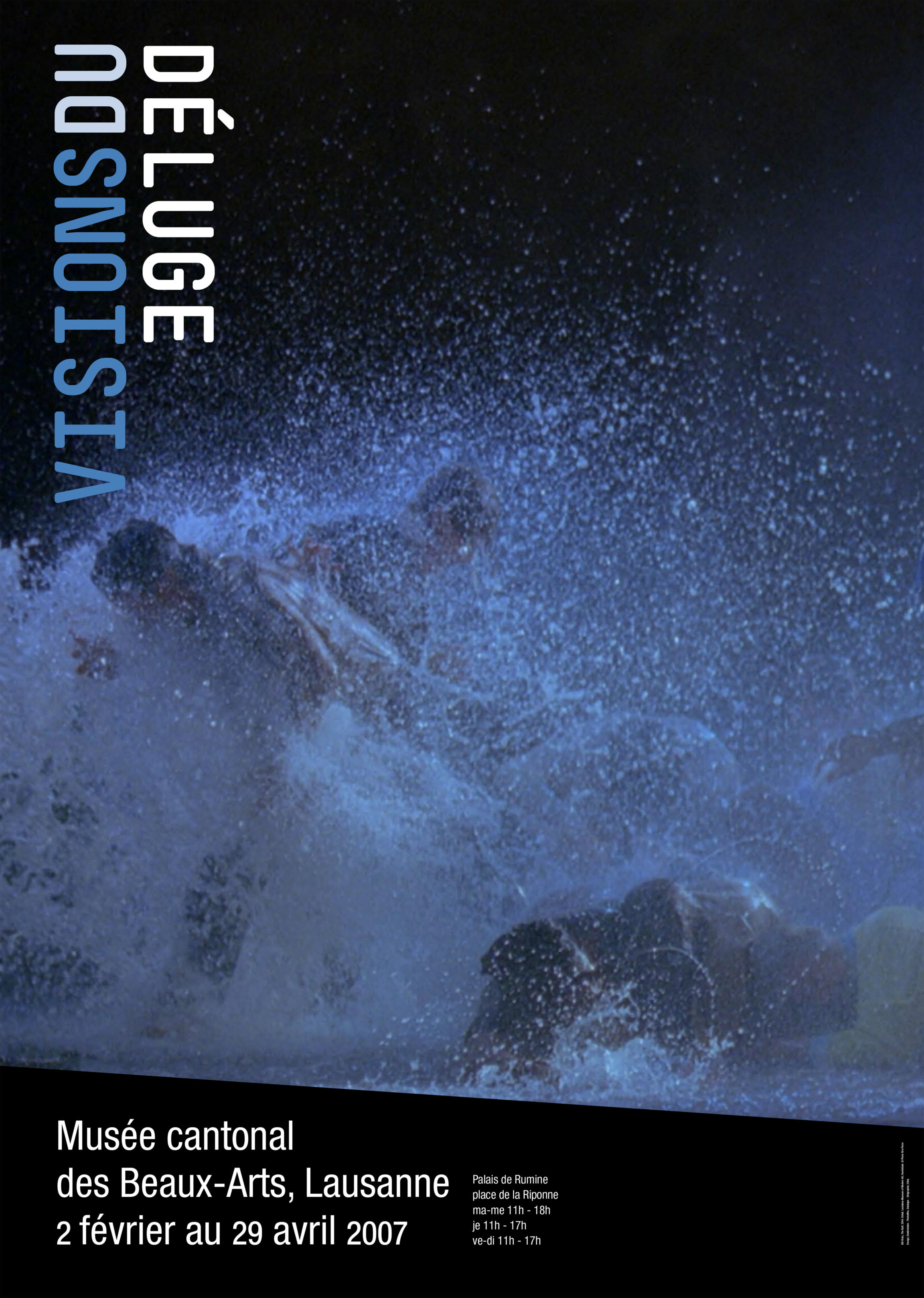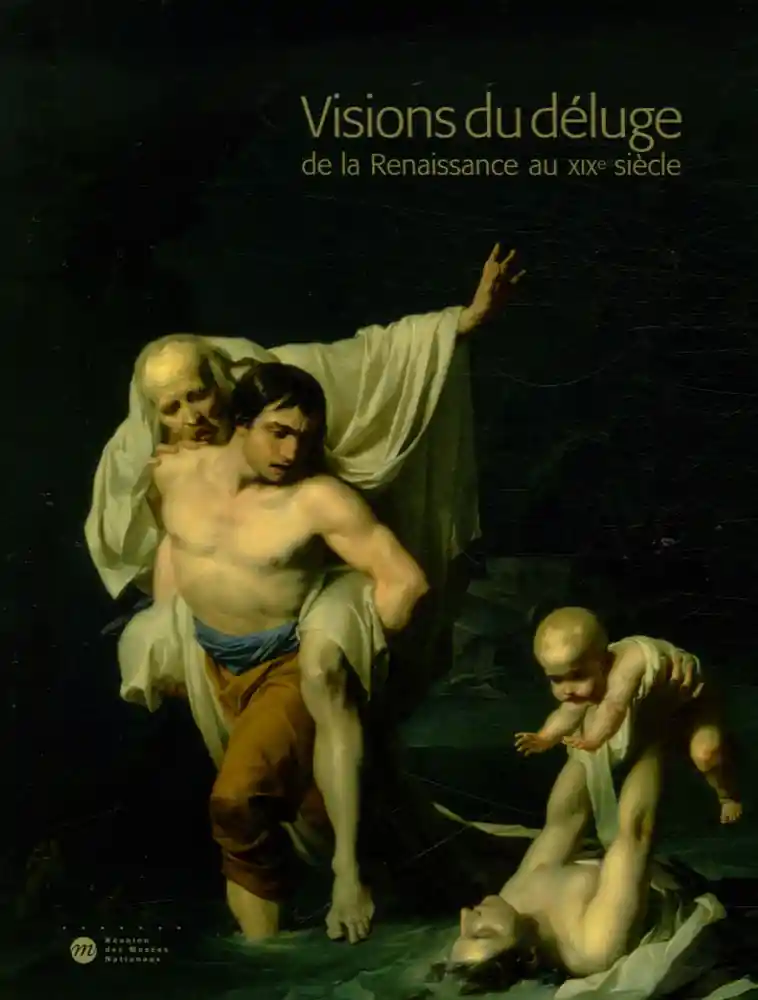
Visions of the Deluge
A fundamental episode of human history in the Judeo-Christian tradition, the universal Deluge has never lost its faculty to fascinate. Paradigm of the end of time, mirror of the Last Judgement, a symbol of total destruction and at the same time a promise of revival, the biblical myth has given rise to countless commentaries but has also been the subject of many representations.
From the 16th Century onwards, the Deluge has constituted a favoured field of experimentations for artists, in which man is confronted by nature turned upside down. The exhibition invites visitors to discover five centuries of Deluge with more than a hundred images gathered from Europe’s leading museums, revealing the spectacular metamorphoses that this theme has undergone since the Renaissance.
Confronted with the difficulty of representing chaos, of suggesting the universal, artists have chosen to dwell on the beginnings of the catastrophe (the corruption of the antediluvians) or its consequences (the devastated earth), to describe salvation (Noah and his Ark) or the final moments of people condemned to perish in the flood, or else to show the cataclysm at its height. Crowd movements or family scenes, figure or landscape, pyramid or whirlwind, the Deluge can be adapted to every kind of aesthetic. From the 18th Century onwards, desacralisation of the world spread while tremendous scientific curiosity emerged; representations of the Deluge became more like those of the “revolutions of nature” (earthquakes, volcanic eruptions, tempests) arousing in those who contemplated them from afar the “delicious horror” of the sublime.
Works by Bill Viola and Paul Pfeiffer, as regards contemporary art, and by Pontormo, Abraham Bloemaert, Girodet, Jean-Baptiste Regnault, Géricault, Turner, John Martin, Charles Gleyre, Gustave Doré and many others, as regards the history of the theme from the Renaissance to the 21th Century, have been gathered here to interpret excess and the universal. Occupying the whole space of the museum, the exhibition explores the visual riches of this famous episode from Genesis, which simultaneously poses a number of artistic challenges and, in an era of major ecological catastrophes, continues to raise crucial questions today.
This exhibition, enhanced for its Lausanne station by numerous loans and in particular by a section with contemporary art installations, has been organised by the Réunion des Musées Nationaux, Paris, the Musée cantonal des Beaux-Arts, Lausanne and the Musée Magnin, Dijon.
